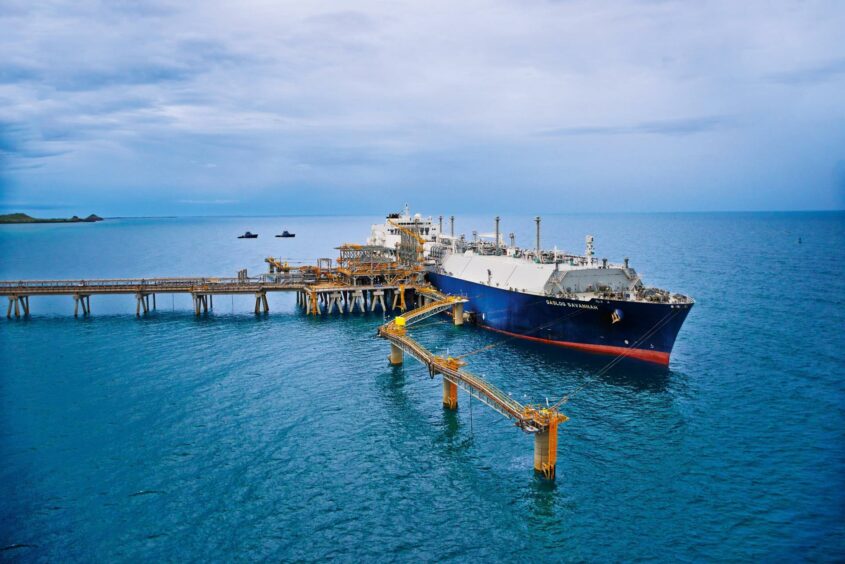
Europe can rebalance its gas supply and replace Russian gas imports before 2030, but will have to take some tough decisions on LNG.
A new report by Rystad Energy, co-sponsored by the International Association of Oil & Gas Producers (IOGP) and the American Petroleum Institute (API), highlighted the importance of US shale exports.
Between now and 2026, in all scenarios from Rystad, there is a “challenging short-term outlook”, it said. The report picked out three options: demand management which will hit European standards of living, running down storage and increasing risk for 2023-24 winter, or increasing LNG supplies and restarting Groningen.
“The EU needs to secure alternative supplies now if it wants to phase out Russian gas imports well before 2030, as per the REPowerEU Plan,” François-Régis Mouton, IOGP’s Regional Director for Europe said. “That means acting immediately to support domestic production, secure long-term LNG contracts, and fix remaining infrastructure bottlenecks.”
Mouton went on to say that delays would “extend the suffering our continent is currently experiencing and increases the risk of economic and societal damage. Industry is particularly hard hit.”
The report analyses various ways in which Europe could weather the storm of no Russian gas supplies. Russia has historically supplied around 150 billion cubic metres per year to Europe.
In all scenarios the work looked at, gas demand fell. It based its arguments on the projection that the area would be consuming 260 or 340 bcm by 2040, down from 520 bcm.
LNG’s balance
The report, “Rebalancing Europe’s Gas Supply: Opportunities in a New Era”, said LNG imports could rise to 160 bcm in 2023. This would be an increase from 100 bcm in 2021. Additional supplies could also come from domestic European production and near neighbours, such as Algeria.
Tackling demand is the other side of the puzzle. Reducing consumption by 15% would cut demand by 75 bcm – and balance the market, Rystad said.
By 2026, a new market balance could emerge. While domestic supplies are likely to decline, the region can scale up LNG imports from “an abundance of global resources”. Even with a demand reduction of 35% by 2040, it would continue to need LNG. The report said the region would need to import around 200 bcm per year of LNG “until and beyond 2040”.
Rystad has calculated that new European demand will drive an LNG production increase of 12%.
The US will dominate global LNG flows. The report put the long-term cost for LNG at around $9 per mmBtu.
Europe has largely resisted long-term LNG contracts, on the basis that they are incompatible with plans to cut emissions. The Rystad study, though, called for a rethink.
“It is arguably sensible to risk over investment in gas acting as insurance policy versus a possible new energy crunch”, it said.
ENTSOG and Gas Infrastructure Europe also collaborated on the report.
